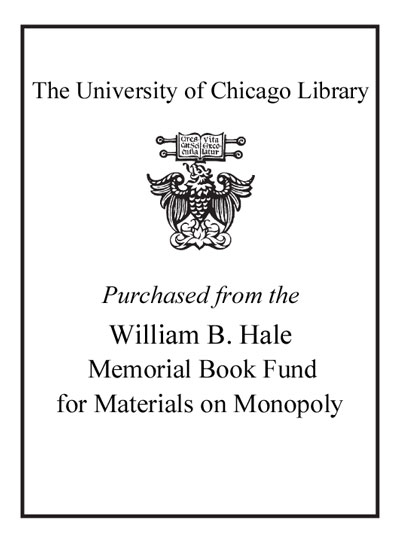Review by Choice Review
Since at least the time of Corax, the 5th-century BCE rhetorician, people have systematically studied communication in an attempt to understand its effect. The authors included in Hamilton's strongly recommended volume are engaged in this study of rhetorical criticism and theory, although they do not use the term. In the best tradition of rhetorical studies, the papers included here deal with the complexities of assessing communication effect accurately. These critics do not engage in the simple counting of "acts of violence" in television broadcasts. Rather, they engage in sophisticated analyses of communication situations and contexts. The studies in the volume were originally presented at a 1996 conference on media violence and public policy. Since this field of study is developing so quickly, this reviewer regrets that this volume did not appear sooner. Nevertheless, for a broad and thoughtful understanding of the many issues concerning the portrayal of violence on television and what, if anything, to do about it, these studies are a must read. Each is extensively annotated, but the names-only index is not particularly helpful. P. E. Kane; emeritus, SUNY College at Brockport
Copyright American Library Association, used with permission.
Review by Choice Review

